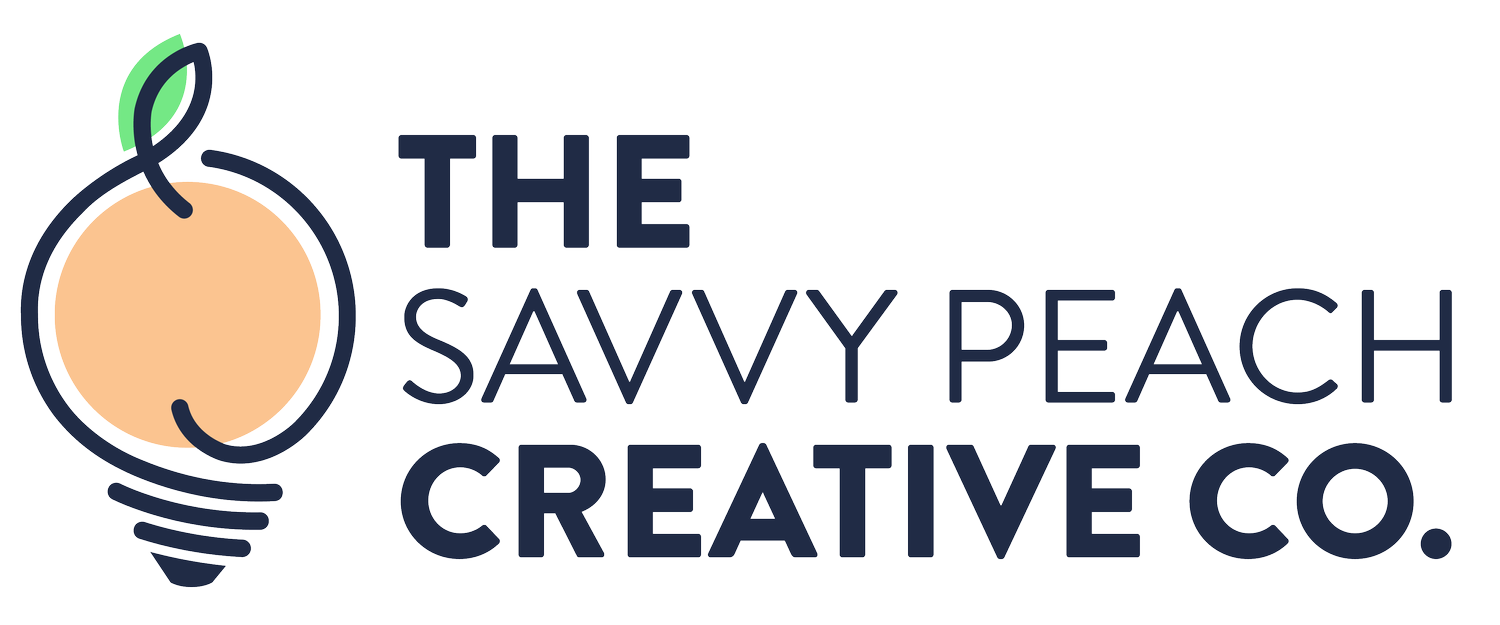How to Design a Successful Landing Page
Is your landing page generating the results you want? Creating a successful landing page will help generate leads. A lead is a potential customer that has shown interest in your brand. The design of your landing page is a critical component of your digital marketing strategy. Your visitors should be motivated to take action by a thoughtfully designed landing page.
What is a Landing Page?
A landing page is typically a standalone web page that is designed with a single goal in mind- to convert visitors into customers or leads. Unlike traditional web pages, which serve multiple purposes and offer navigation options, a landing page is laser-focused on driving action. It's where visitors "land" after clicking on an ad, social media post, or search result, presenting them with tailored content and compelling calls-to-action (CTAs).
A landing page serves as a digital storefront, welcoming visitors and guiding them towards a specific conversion goal, whether it's making a purchase, signing up for a newsletter, downloading a resource, or requesting more information. Its design, content, and functionality are expertly crafted to persuade visitors to take the desired action.
3 Types of Landing Pages
Lead Generation Pages: These pages aim to capture potential customers, often by offering something valuable like a free download, consultation, or trial in exchange for their contact information. To be effective, they need to clearly explain the offer and have a noticeable CTA that prompts visitors to take the next step.
Click-Through Pages: These pages are designed to guide visitors to a specific page on your website, typically a product page or blog post. They should feature a clear headline, brief yet informative content, and a prominent CTA that encourages visitors to click through to the targeted page.
Sales Pages: These pages are all about turning visitors into paying customers. They need to grab attention with compelling copy, showcase product images, present customer testimonials for social proof, and feature a strong, persuasive CTA. Optimizing these pages for conversions is key to driving sales.
8 Tips for Designing Landing Pages That Work
1. Showcase Value in Your Headline
You want your visitors to understand the value of your product or service within seconds of arriving on your landing page. The headline should be the first thing visitors read and it should clearly explain what you have to offer. Your headline is a great place to address your target audience’s pain points and provide a solution.
2. Combine Captivating Visuals with Your Messaging
Images are a powerful design element for your landing page. The right images can help you reduce your bounce rate and engage visitors. Choose images that uphold your branding and show visitors how they’ll feel after they receive your offer.
3. Include a Clear Call to Action
Your call to action is one of the most powerful elements of your landing page. Not only should you consider the wording of your CTA, you should also design it to stand out from the rest of the elements on the page. Use your CTA to tell visitors what action to take, “sign up,” “download,” or “subscribe” are all examples of clear CTAs.
4. Place Important Information Above the Fold
“Above the fold” means that information is placed in view when visitors land on the page. They don’t have to scroll on your page to find the information. Placing the lead form above the fold, readily available for immediate conversion, can help you generate more leads.
5. Optimize Your Page for Mobile Users
Make sure your landing page is optimized for every device. More than 50% of online traffic comes from mobile phones. If your landing page doesn’t display well for phones or tablets, you risk losing half of your leads.
6. Only Ask for Necessary Information
Your landing page is designed to help you get information from your visitors, but asking for too much can lower your conversion rate. Depending on how well visitors know and trust your brand will influence how much information they want to provide. Ask for minimal information to help gain more leads!
7. Harness the Power of Social Validation
Social proof is a big factor when it comes to customer conversion. 37% of the most successful landing pages include positive customer reviews. By highlighting customer’s positive experiences with your business, you can build trust with potential customers and increase their conversion rate.
8. Employ A/B Testing for Effective Optimization
A/B testing allows you to test the results of 2 similar landing pages to see which one generates the best results. You can vary the style, headline, CTA or images to see if one landing page performs better than the other. You should compare key performance indicators, such as time spent on the page and conversion rates, to determine what works best for your customers.
Building a Successful Landing Page
In the realm of digital marketing, the effectiveness of your landing page can make or break your success. There is no simple formula to follow, you have to decipher what works best for your audience.
The Savvy Peach Creative Co. is here to help you navigate these design choices and craft a successful landing page that gets you results. Contact our team to get started with a free consultation.

